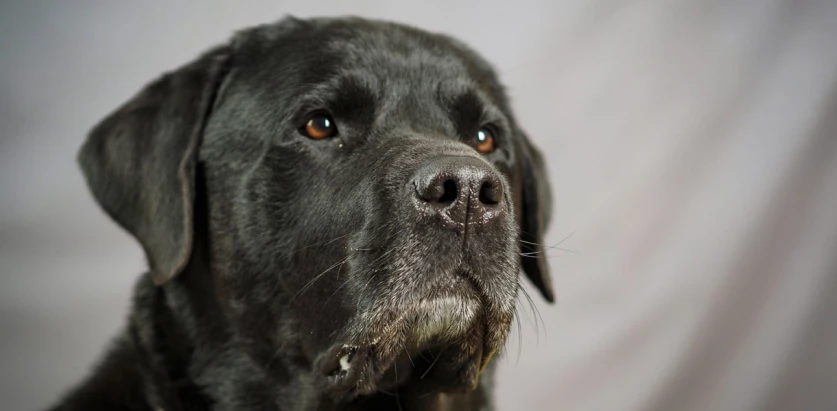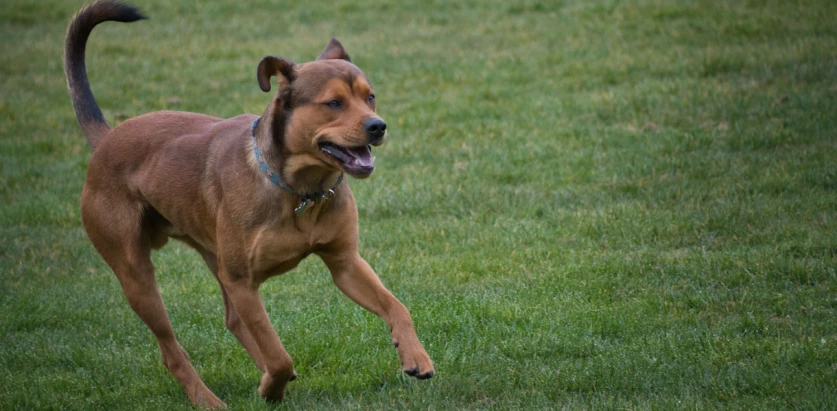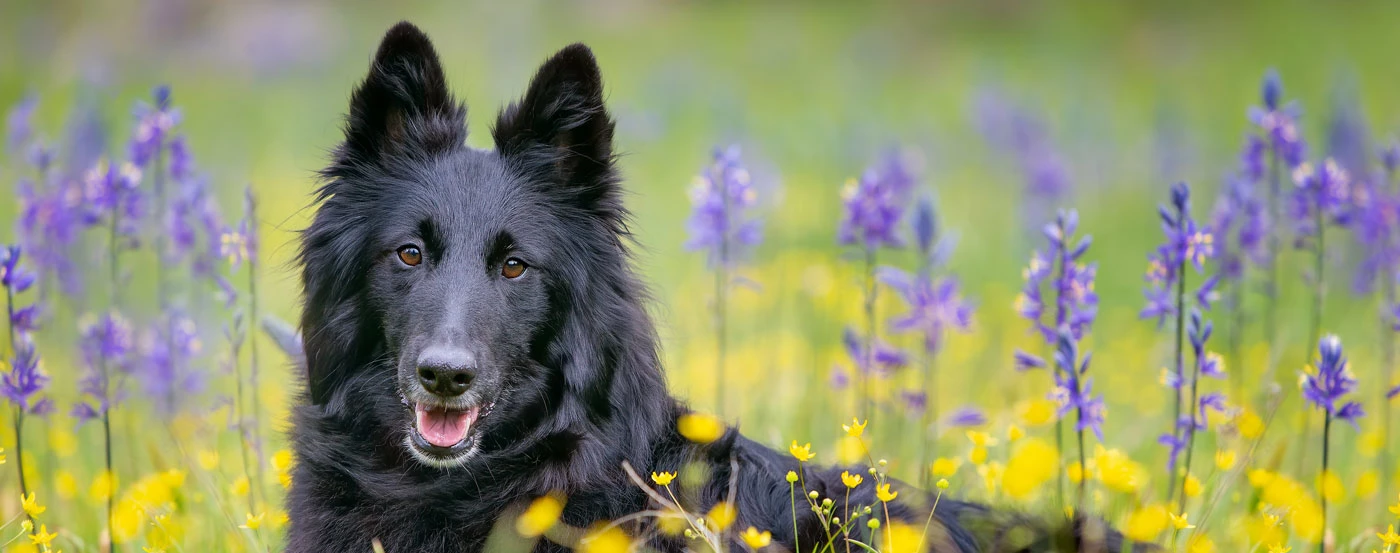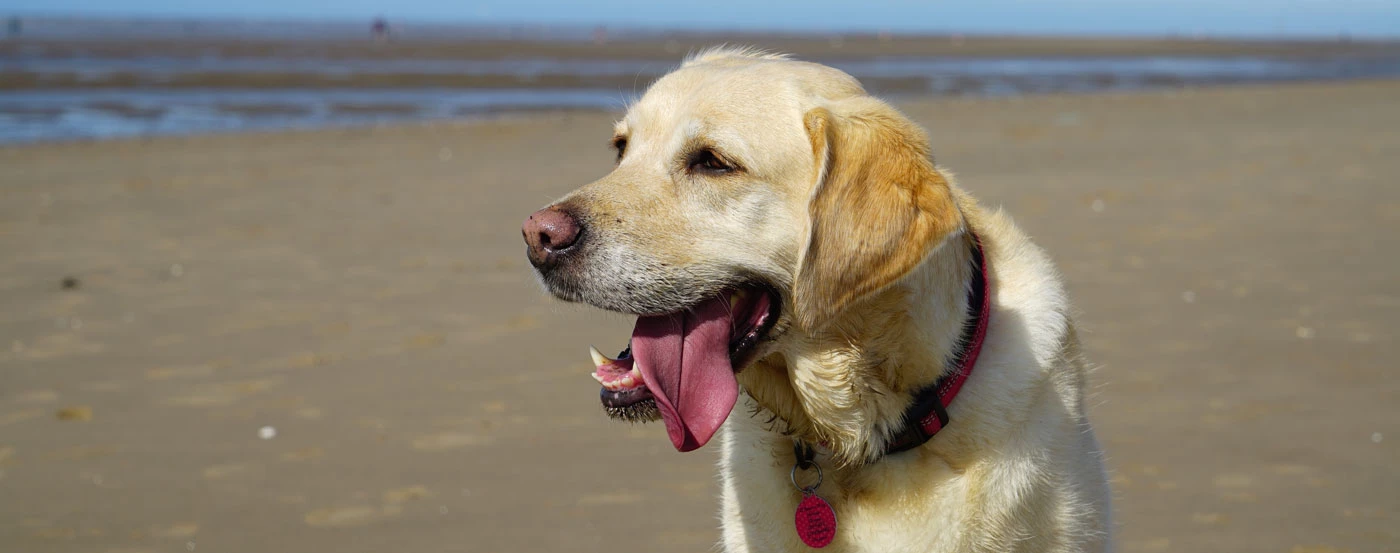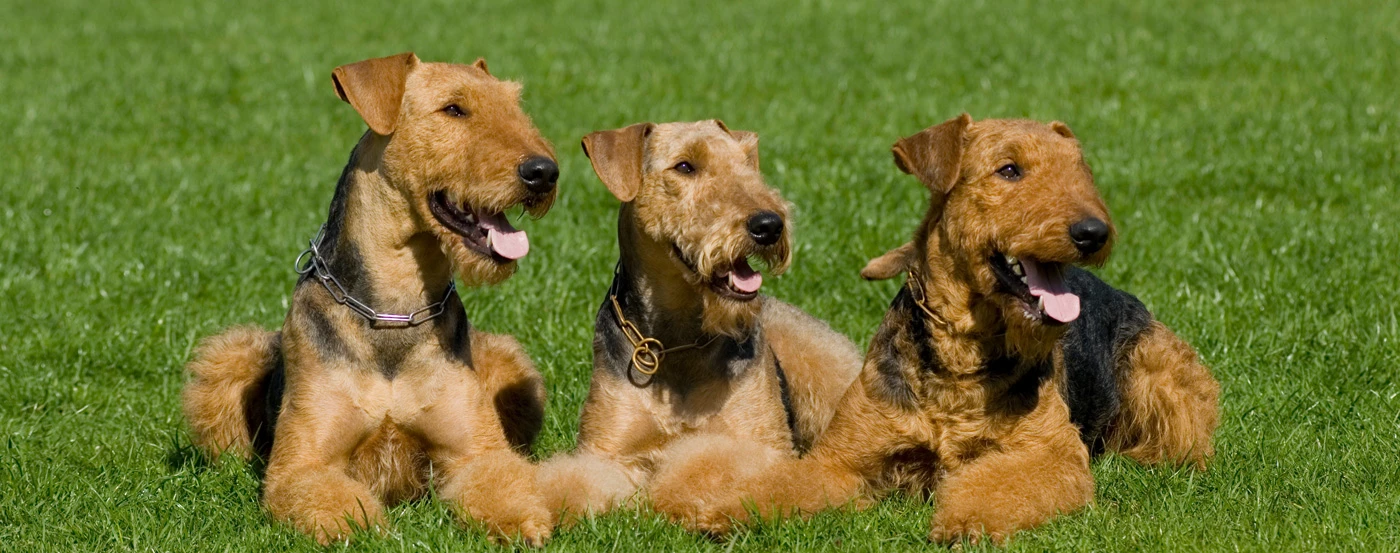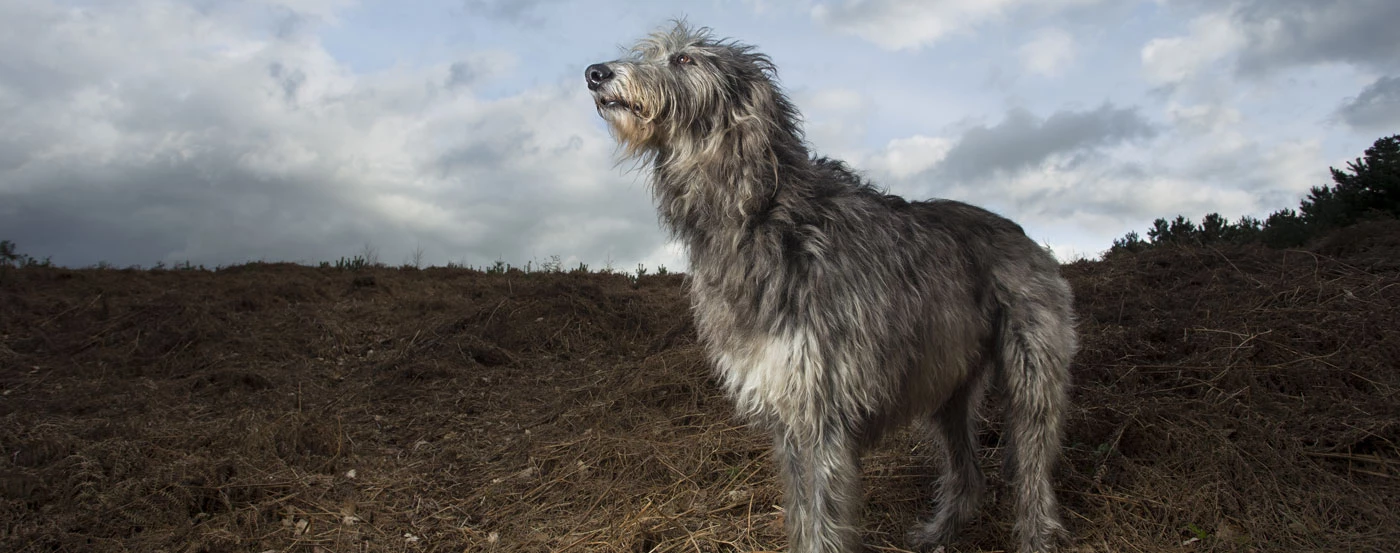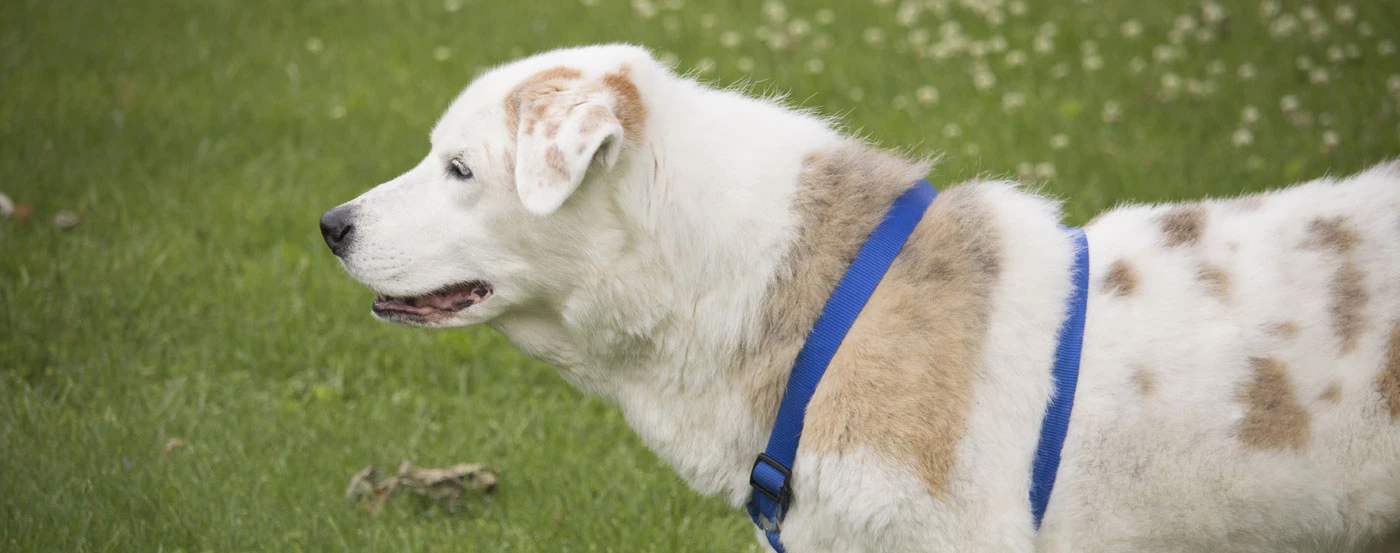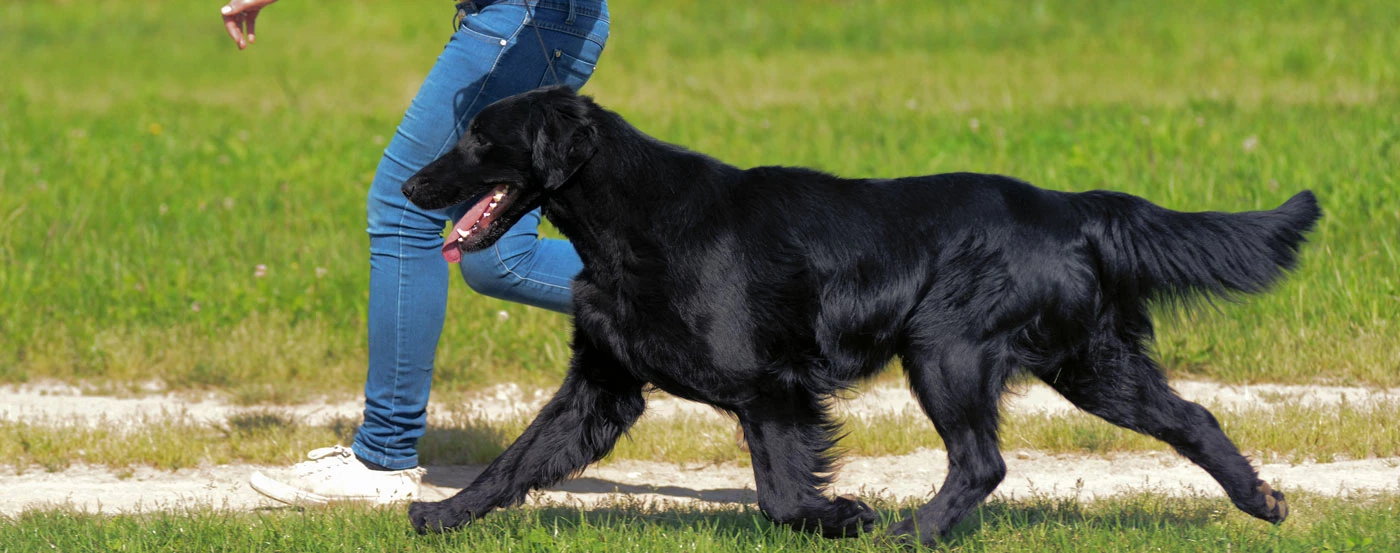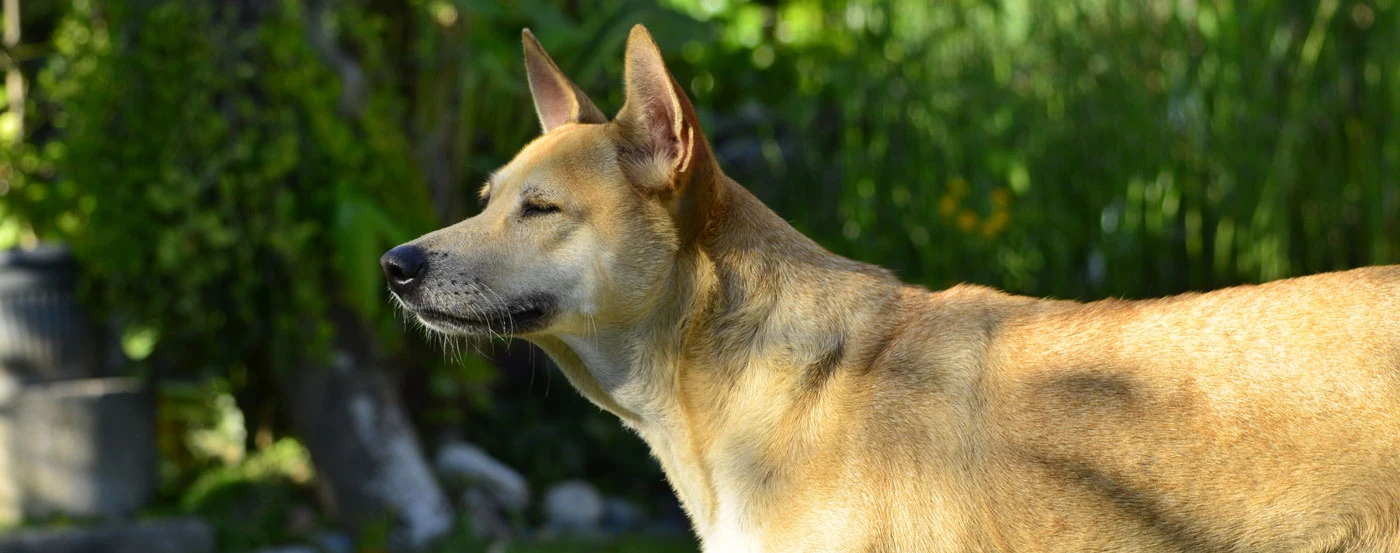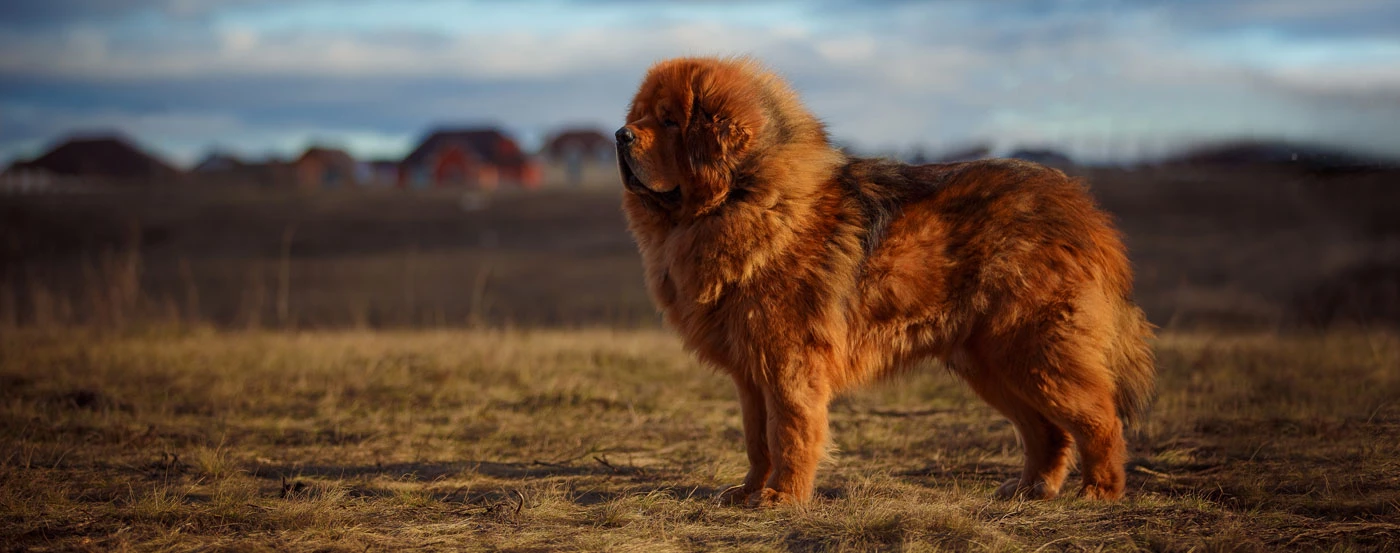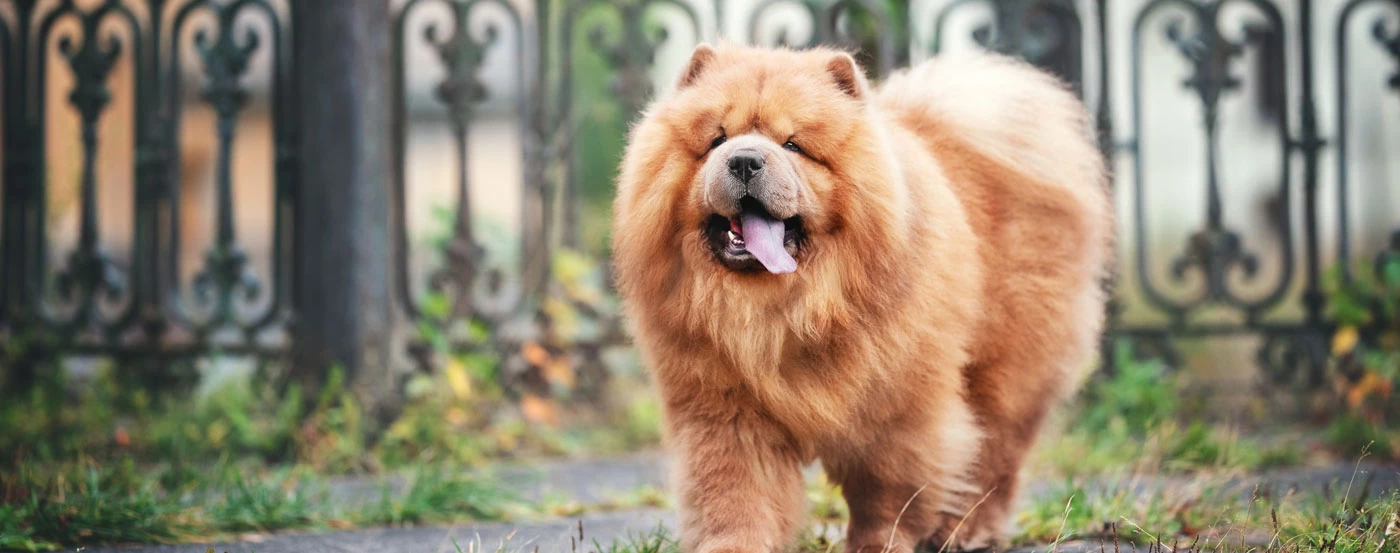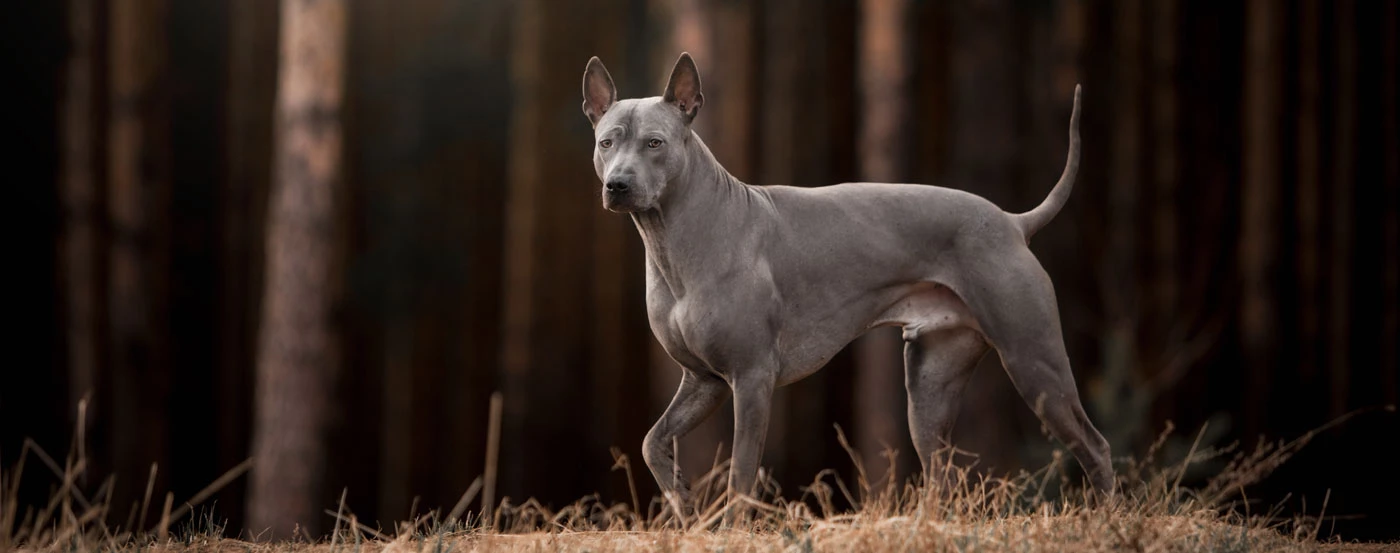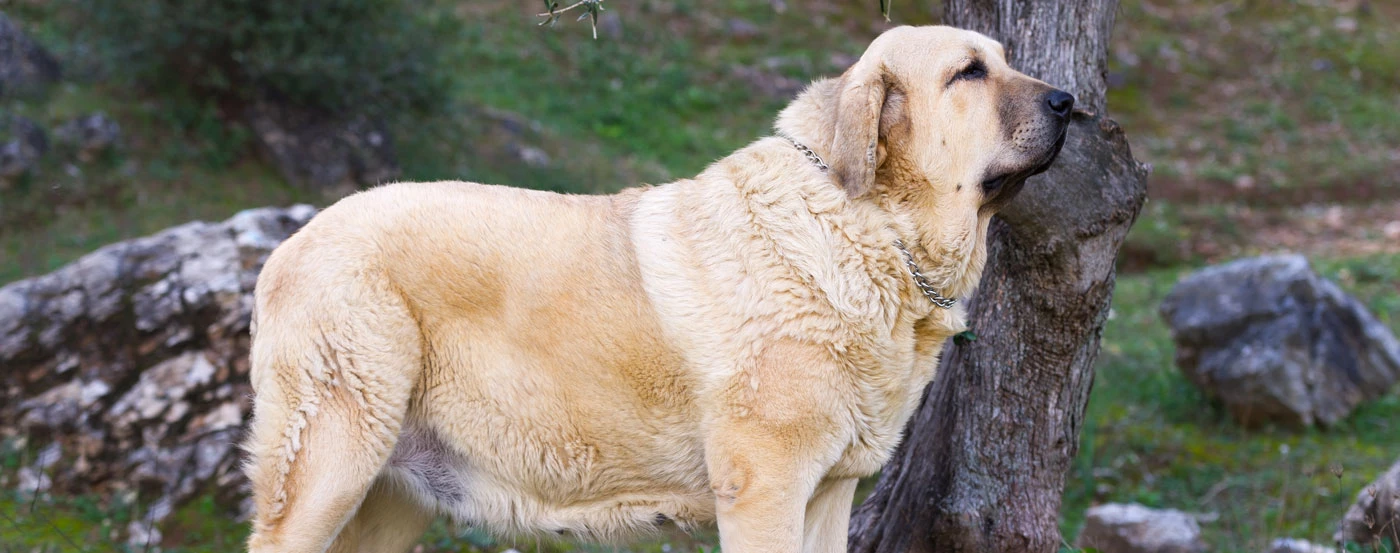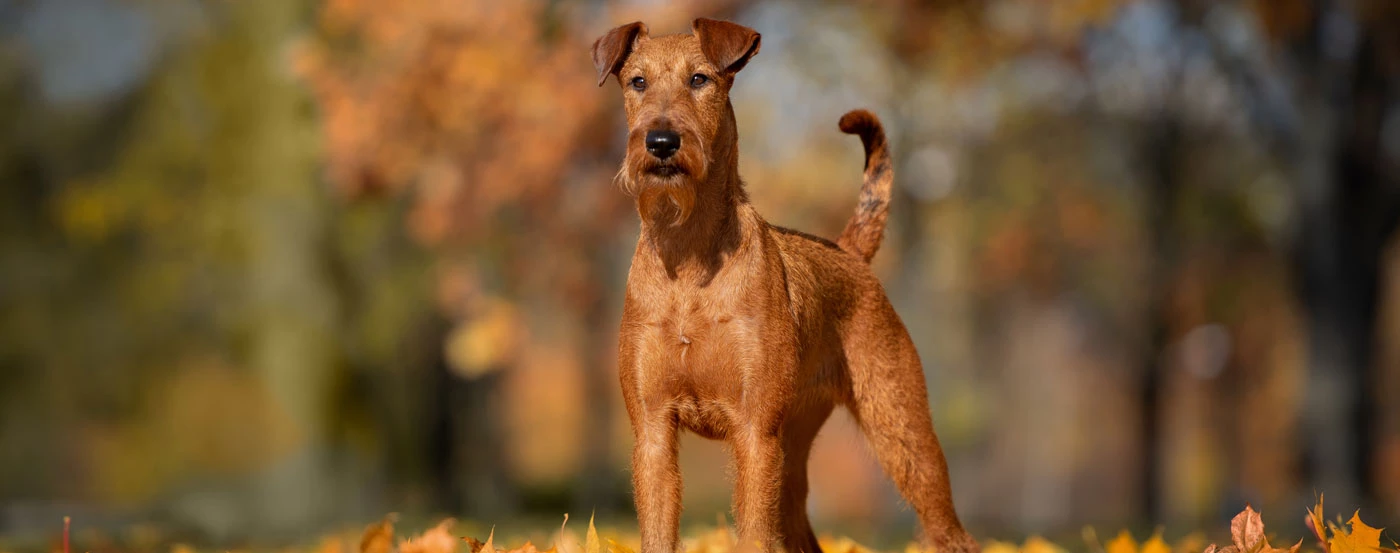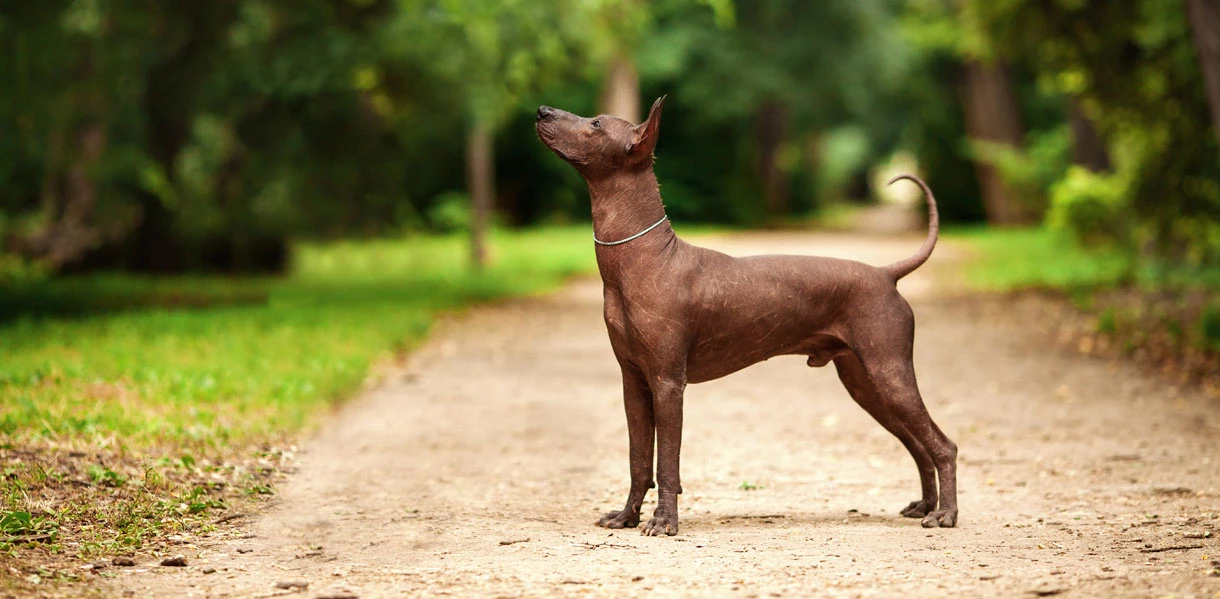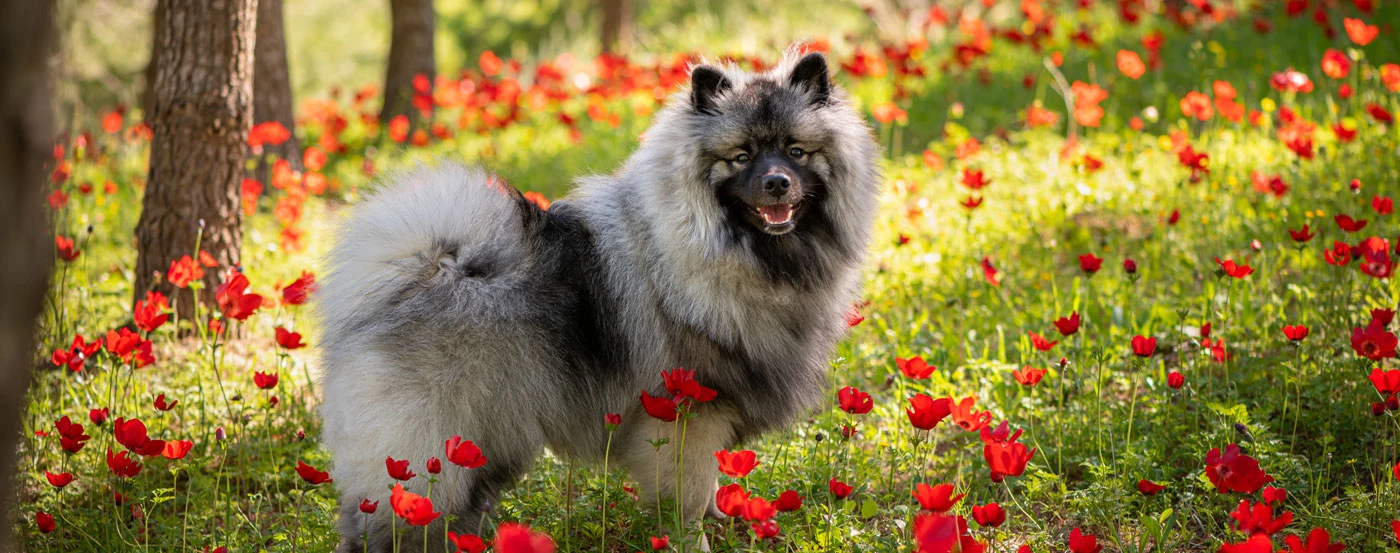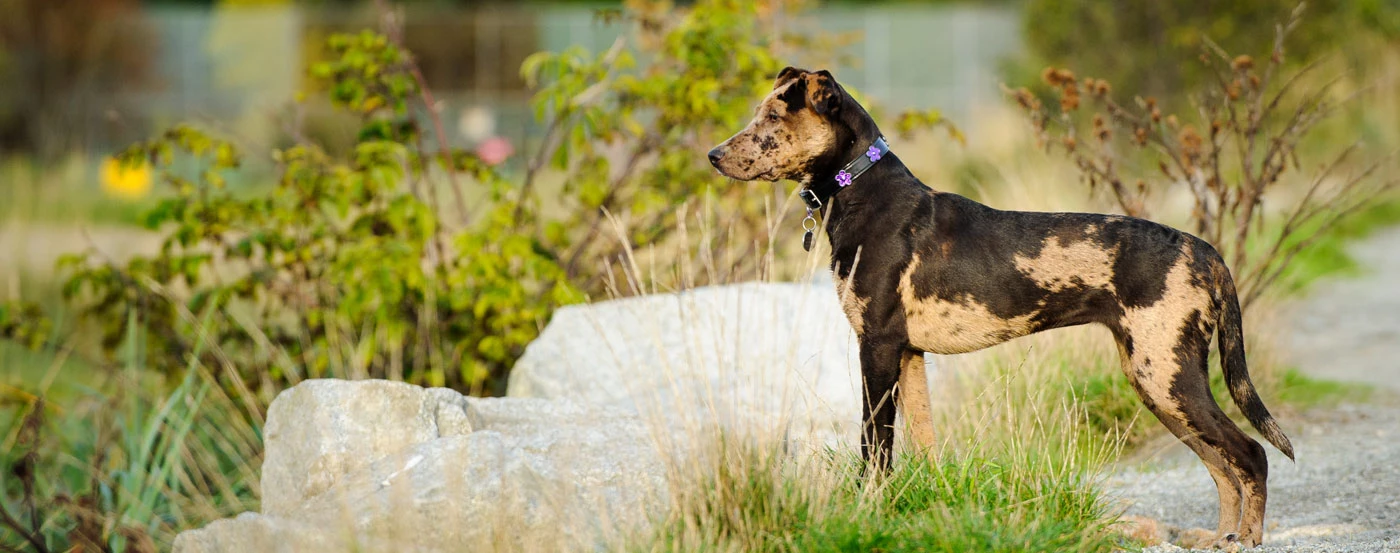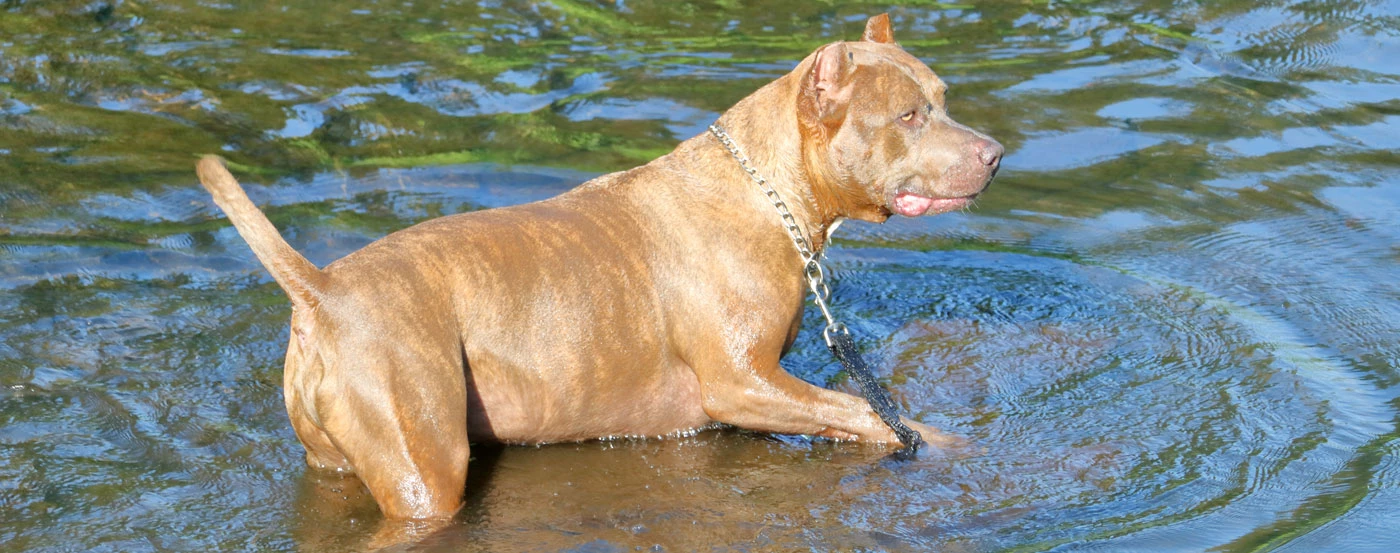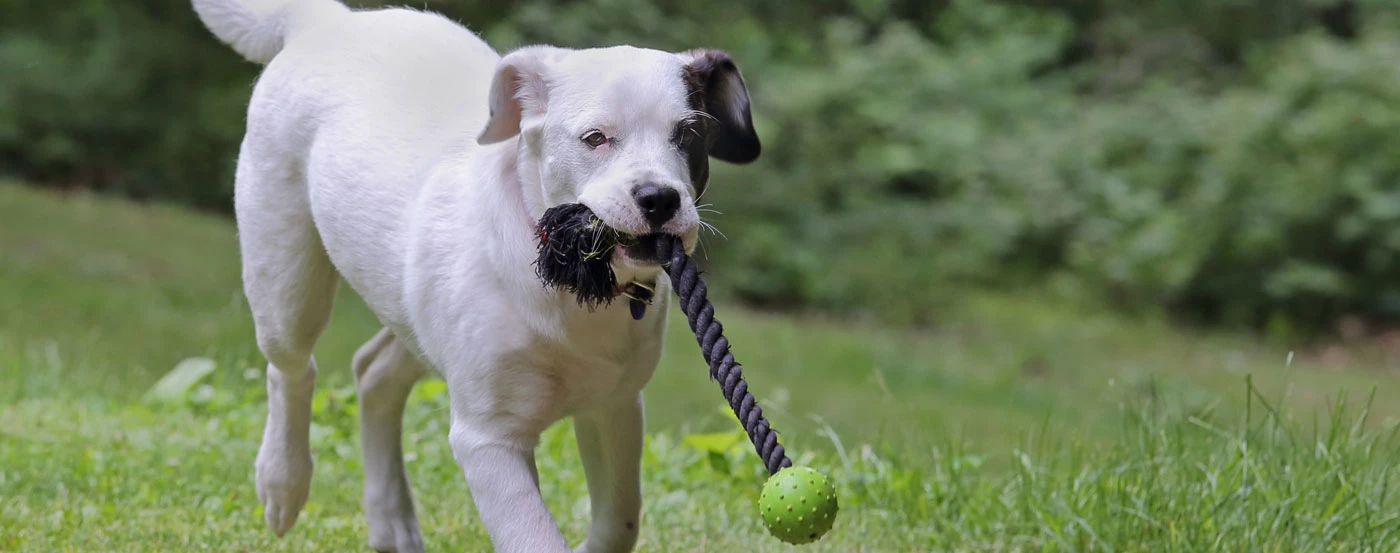About the Rottador
Can't decide between a Rottweiler and a Labrador Retriever? Well, you're lucky that the designer breed the Rottador exists! This Rottweiler Lab mix puppy has become a prominent pet over the last 30 years, with each puppy featuring unique characteristics inherited from its parent breeds.
Like most mixed-breed dog types, it's impossible to determine what personality a grown-up Rottador can take on. Although there are only two ways its looks and personality can go, it takes a certain element of risk-taking when it comes to adopting a Rottador.
Either way, a Rottador can definitely serve as a useful watchdog, loyal friend, or dependable exercise partner. If you're looking for any of these in a family pet, read this Rottador breed guide to find out more about this unique pup!
Rottador Gallery
What is the history & origin of the Rottador?
The Rottador as a designer breed has a limited history, which only dates back to the 1990s. This mixed dog breed was first purposely bred around 30 years ago in the U.S., by breeders who wished to combine the bravery and vigilance of a Rottweiler with the friendliness of a Labrador Retriever. The results were the designer breed, the Rottador.
However, like so many crossbreed pups, their unofficial history could date back a lot further than that. Rottweilers have existed in Germany since the 2nd century and were used as working dogs by the Romans. It was probably one of the first herding dogs to ever exist!
Despite its lengthy history, the breed wasn't introduced into Britain or America until the early 1900s.
Labradors, on the other hand, existed in Newfoundland, Canada, for hundreds of years, where they worked as fishing dogs. Their job was to retrieve nets that had caught fish or catch fish that escaped. Their hunting expertise was first introduced to Britain in 1830, where they became popular gun dogs.
Given the histories of both parent breeds, Rottadors may have existed as the result of accidental breeding since the start of the 20th century.
Who are Rottador dogs best for?
If you're looking for a dog to keep you active, then a Rottie Lab mix could be your ideal fitness partner. They need around 2 hours of exercise per day, meaning they also need an owner who can keep up the pace and give up a significant part of their day. If you can't fit in 2 hours of Rottador-time per day, then the dog breed isn't for you.
The Rottweiler and Lab mix is best for families, as it means that exercise responsibilities can be divided up easily. Kids will love this energetic dog for its endless fascination for dog games and fun. Given their high energy, the Rottweiler-Labrador Retriever mix dog likes a big garden they can call their own.
They don't do too well in apartments, or being stay-at-home dogs while their owners are out working. They like active homes and active families.
How much grooming does a Rottador need?
Lab-Rottweiler mix dogs can be heavy shedders, so you need to be prepared for lots of excess hair around your home. The mess can be reduced by frequent brushing - the recommended rate being once every 3 days. As with other dogs, Rottadors experience two heavy shedding seasons, during which they'll shed massively as their coats are replaced.
Luckily, these designer dogs do not require frequent bathing. Once every two months will suffice unless they roll through dirt or start to smell bad. They can be susceptible to skin irritation if too frequently bathed, and also require you to use good-quality dog shampoo.
You'll also need to keep their nails short and brush their teeth as frequently as possible.
Do Rottador bark much?
A Labrottie puppy may take to barking uncontrollably at any opportunity. Given its hunting, guard, and rescue dog instincts, this breed is very vigilant for any signs of danger and needs to vocalise whenever they identify any form of it.
Excessive barking can be curbed through positive reinforcement training at a young age, but it's impossible to completely stop a Rottweiler-Lab mix dog from barking.
Do Rottador bite?
These guard dogs will bark excessively at any approaching stranger but are highly unlikely to act on their impulses and bite. The Labrador influence actually prevents them from biting hard, because they were trained to only hold prey in their mouth, not to bite down and harm them.
Rottadors are not naturally biters, but they may exhibit signs of it if provoked or if in pain due to teething. The latter only occurs in puppyhood, and can easily be stopped by providing them with plenty of chew toys.
What is the temperament & personality of a Rottador?
Most Rottweiler Lab mix dogs are kind and affectionate to the humans and animals they make bonds with, and also very protective of their homes. Once you connect with a Rottador, they will show affection whenever you're around - and they like having you around, too!
They don't do too well when left alone, and like other people around to interact with. They can grow really anxious when alone with no one to look after, at which point they channel their anxieties through destructive behaviour. This can be resolved by regularly checking in on your Rottweiler-Lab mix or introducing another dog to the family.
They're accepting of children's personalities and enjoy interacting with them. Generally, a Rottador's personality is steady and predictable.
What is the weight & size of a Rottador?
The exact weight and size that you can expect from this mixed breed are still undetermined, being a relatively new type of dog. However, based on the dog's parents, you can expect a Lab Rottie to be somewhere between 60 and 68 cm in height. Weight-wise, you can expect a fully grown Rottador to weigh between 31 and 52 kg.
How much training does a Rottador need?
This mixed breed dog likes to please, but trust between owner and pup needs to be firmly established. When doing obedience training, be sure to give them plenty of affection and rewards for completing a task successfully. You need to remain consistent in terms of expectations as well as rewards.
Training exercises should involve agility and mental stimulation so that both their body and brain muscles get thoroughly exercised. Without puzzle games and problem-solving activities, a Rottador can become bored and destructive - just like their Rottweiler parent. Dog exercise parks are also good for getting them working on agility.
Because of their fishing past, they do pretty well in the water, so integrating swimming or water sports into your training exercises could be worthwhile. A Rottador will also get a lot from simply interacting with other dogs at the park.
What are some of the most common health issues for a Rottador?
The point of cross-breeding dog breeds is to eliminate a lot of the health issues that adult breeds suffer from. Although this sometimes works, many cross-dog breeds suffer from the same health issues.
Generally, Labrador-Rottweiler mix puppies are healthy dogs, but they can still suffer from the likes of hip dysplasia, elbow dysplasia, cataract eye disease, skin conditions, epilepsy, and bone cancer.
What is the lifespan of a Rottador?
As a fairly large dog breed, the exact average lifespan of a Rottweiler Labrador mix is between 9 and 12 years.
How much should you feed a Rottador?
A puppy Rottador will require around 220g of kibble per day, while an adult will need around 450g, split up over several meals. If its lab parent was greedy, you may also have to watch out for this with your dog!
What is the price of a Rottador in Australia?
Rottweiler and Lab mixes aren't as prominent in Australia as the purebred dog breeds they're descended from. Understandably though, these dogs sell for quite a lot, given that Rottweilers themselves sell for around $3,000.
Pros
- Rarely barks
- Low grooming needs
- Great exercise buddy
Cons
- Large space needs
- High separation anxiety
- Requires daily outdoor exercise







